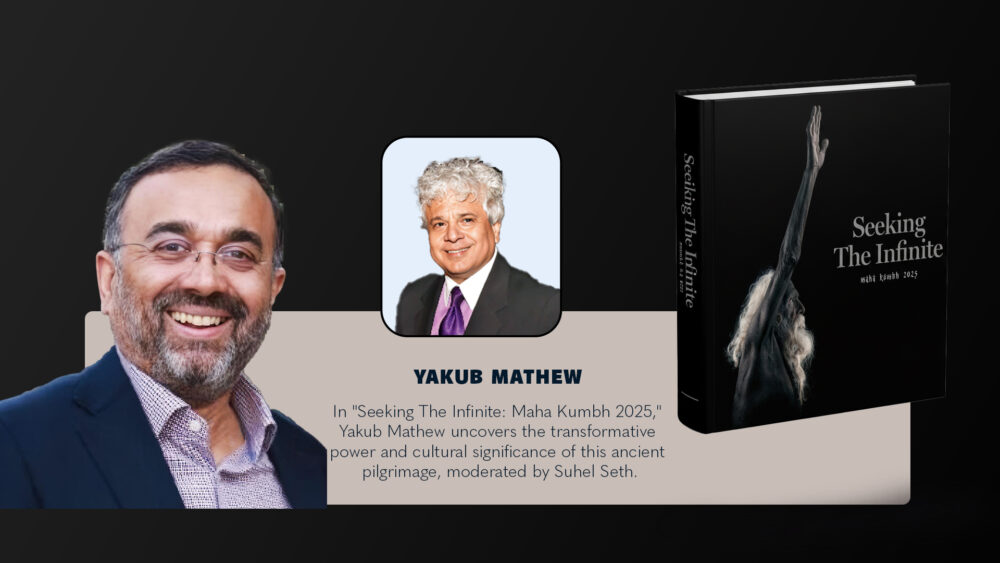In a world that often equates happiness with the accumulation of achievements and possessions, Harvard researcher Arthur C. Brooks offers a refreshing perspective. Through his concept of a “reverse bucket list,” Brooks suggests that true contentment arises not from acquiring more, but from consciously detaching from our desires.
The Reverse Bucket List Explained
Traditionally, a bucket list comprises goals and experiences one hopes to achieve before death. In contrast, a reverse bucket list involves identifying and acknowledging desires—be it material possessions, career milestones, or personal achievements—and then intentionally crossing them off. This practice helps individuals recognize that their happiness doesn’t hinge on fulfilling every wish.
Brooks’ Personal Revelation
At the age of 50, Brooks revisited a bucket list he had created a decade earlier. Despite having accomplished every item on that list, he found himself less content than he was at 40. This realization led him to understand that satisfaction stems not from having more, but from wanting less.
The Science Behind the Practice
Brooks explains that human satisfaction is a balance between what we have and what we desire. By reducing our wants, we can achieve lasting and stable satisfaction. The reverse bucket list serves as a tool to manage desires consciously, shifting them from the instinctual part of the brain to the rational pre-frontal cortex.
Cultural and Psychological Insights
This approach resonates with principles found in various spiritual traditions, particularly Buddhism, which emphasizes the impermanence of attachments. Brooks advocates for flexibility in our attachments, recognizing that clinging to transient desires can lead to unnecessary suffering.
Conclusion
Embracing a reverse bucket list doesn’t mean abandoning goals or aspirations. Instead, it encourages a mindful approach to desires, fostering a sense of freedom and contentment. By acknowledging and releasing attachments, individuals can pave the way for a more fulfilling and joyful life.










